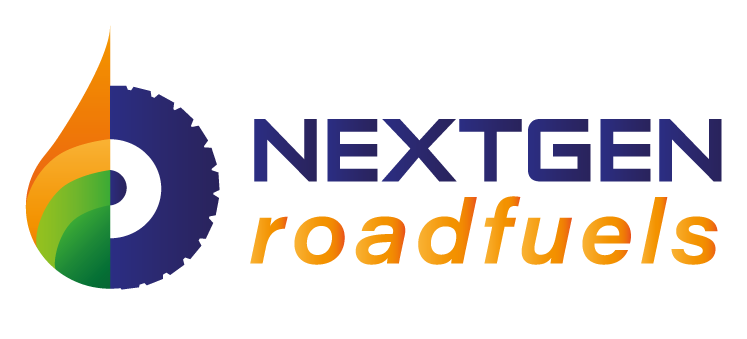Between March 20-24th, Muhammad Salman Haider presented the NextGenRoadFuel project with an oral presentation at ACS spring 2022. There, he discussed the challenges and prospects during the continuous hydroprocessing of hydrothermal liquefaction biocrudes.” The title of the talk was, “Continuous hydroprocessing of sewage sludge and algae hydrothermal liquefaction biocrudes: Challenges and potential of sustainable aviation and diesel fuels”.
Abstract:
Unprecedented global warming and raising public awareness are the driving factors to decarbonize long-haul transportation sector. In this regard, biomass could be a potential renewable source for the production of sustainable, carbon-neutral liquid fuels. Hydrothermal liquefaction (HTL) followed by catalytic hydrotreatment is one of the most promising pathways to covert varying feedstocks into drop-in fuels. The energetically dense black viscous product from HTL (“biocrude”), contains a diverse organic pool with considerable amount of oxygen (~5-18%), nitrogen (~1-8%) and metallic content (~0.1-0.6%). The presence of these organic contaminants results in poor miscibility with fossil fuels and poses new and exciting challenges e.g. thermal instability of biocrude at high temperatures, which are indispensable for complete hydrodenitrogenation. This is why special attention is needed not only to realize this complex biocrude mixture but also to select different catalysts, which performs best to saturate and remove certain organic contaminants under optimized conditions.
In this work, we utilized advanced analytical tools (i.e. FT-ICR MS etc.) and observed different classes of organometallics and nitrogen compounds from sewage sludge and Spirulina algae and biocrude. From these results, we utilized three different types hydrotreating catalysts based on their porosity and nickel loading on γ-Al2O3 support and successfully demonstrate smooth continuous hydroprocessing operations for hundreds of hours (165 and 335 hours respectively) without coke formation, catalyst deactivation, and reactor plugging. Finally, 100% deoxygenation and ~96% denitrogenation were achieved. Furthermore, hydrotreated products underwent true-boiling point fractional distillation and showed on-spec metal content, density, pour point, cloud point and HHV for diesel and jet fuel. Both aviation and diesel fuels after thorough characterization showed fuel properties in accordance to ASTM D1655 and ASTM D975, the global standard for aviation and diesel fuel. Finally, the produced aviation fuels were tested in a lab-scale jet turbine in blend with conventional Jet-A1 fuel, to prove their good “on-field” performance.
Visit the ACS web page for more information: https://bit.ly/3M1ymhl
